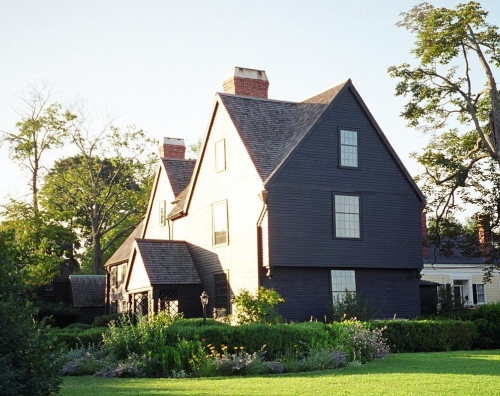The House of the Seven Gables (1668)

The House of the Seven Gables,
Capt. Ingersoll and his son died at sea in 1804 and the house was later inherited by his only surviving child, Susannah Ingersoll, who was unusual for a woman at the time in being a businesswoman, active in real estate. She was the cousin of Nathaniel Hawthorne and it was during his visits with her that he would have learned of the home’s past. In 1851, Hawthorne published his famous novel, The House of the Seven Gables. Susannah Ingersoll died in 1858 and the house passed through many different owners, remaining vacant during part of this period. In 1908, the house was purchased by the philanthropist, Caroline O. Emmerton, who thus saved it from becoming a tenement. She enlisted the prominent early preservation architect Joseph Everett Chandler to restore it. She founded the House of Seven Gables Settlement Association and opened the house to the public in 1910, using the admission proceeds to support the Settlement. Visitor expectations based on Hawthorne’s novel influenced the restoration at the expense of strict historical accuracy, although this approach was not uncommon for early twentieth century colonial revival preservation efforts.
The house museum is often visited today as a popular tourist attraction and is part of a compound containing other historic buildings, acquired by Emmerton and her successors, and a Colonial Revival Garden. In 2007, the house was designated a National Historic Landmark. A pdf file is available of the National Historic Landmark Nomination form.